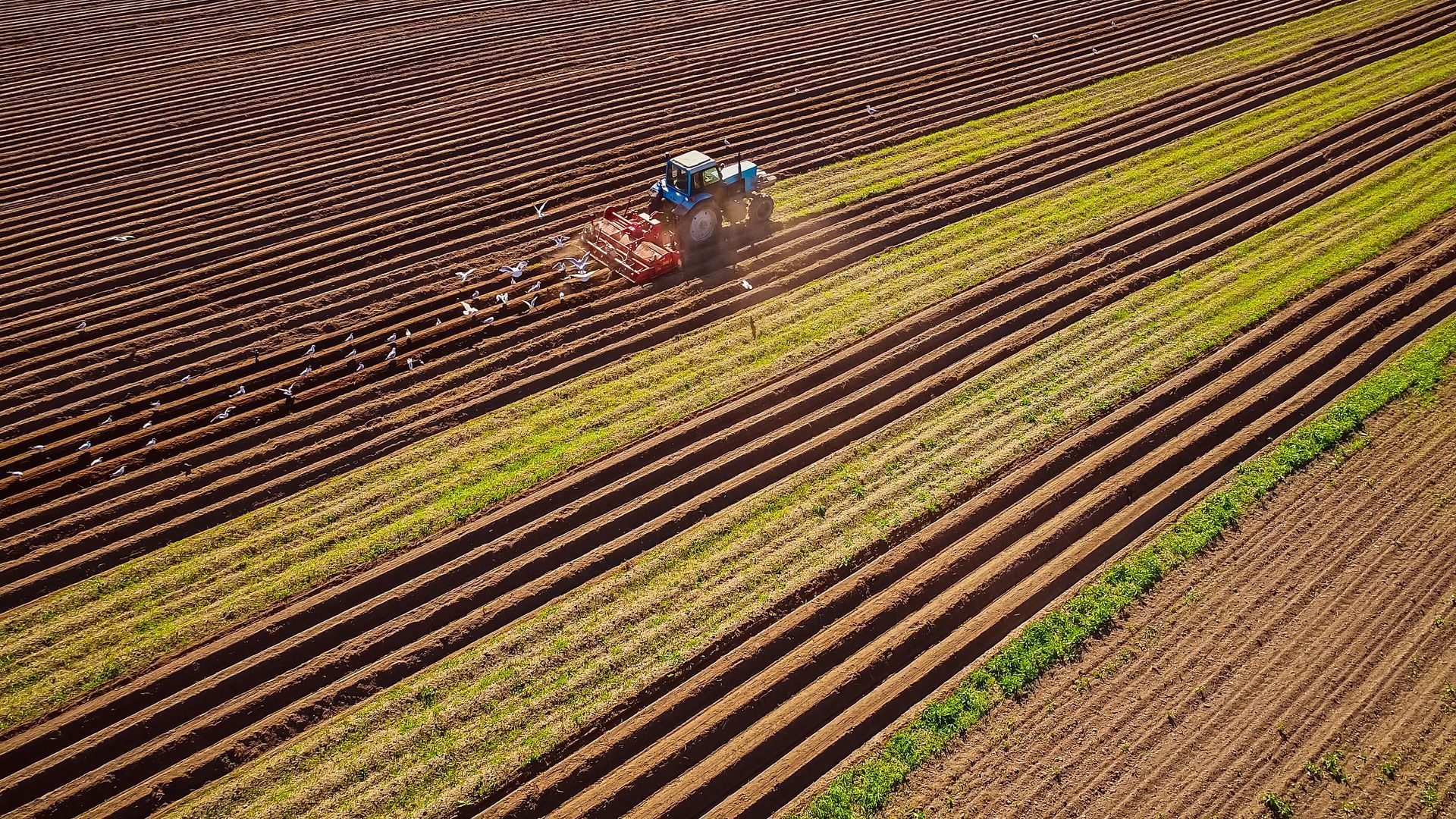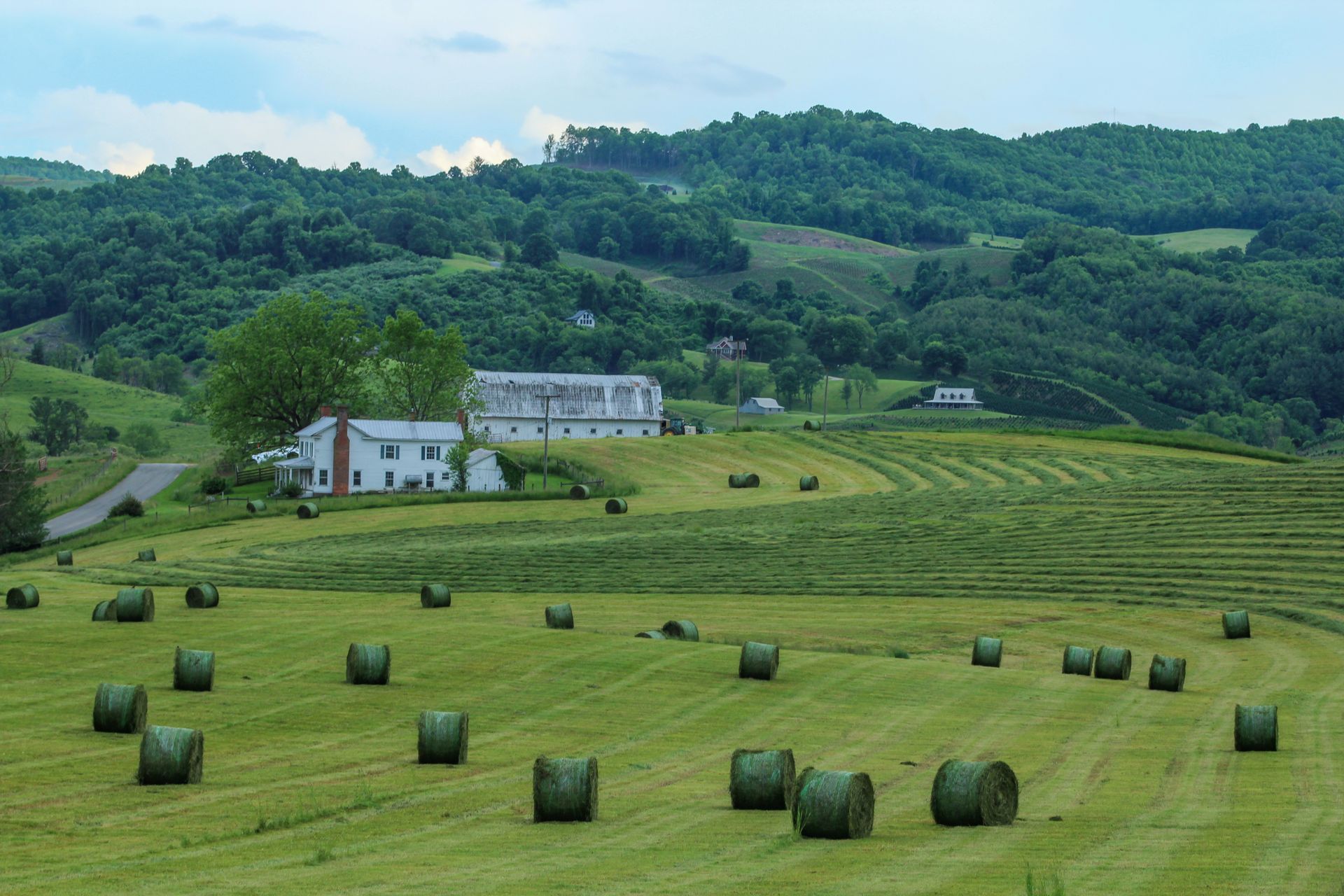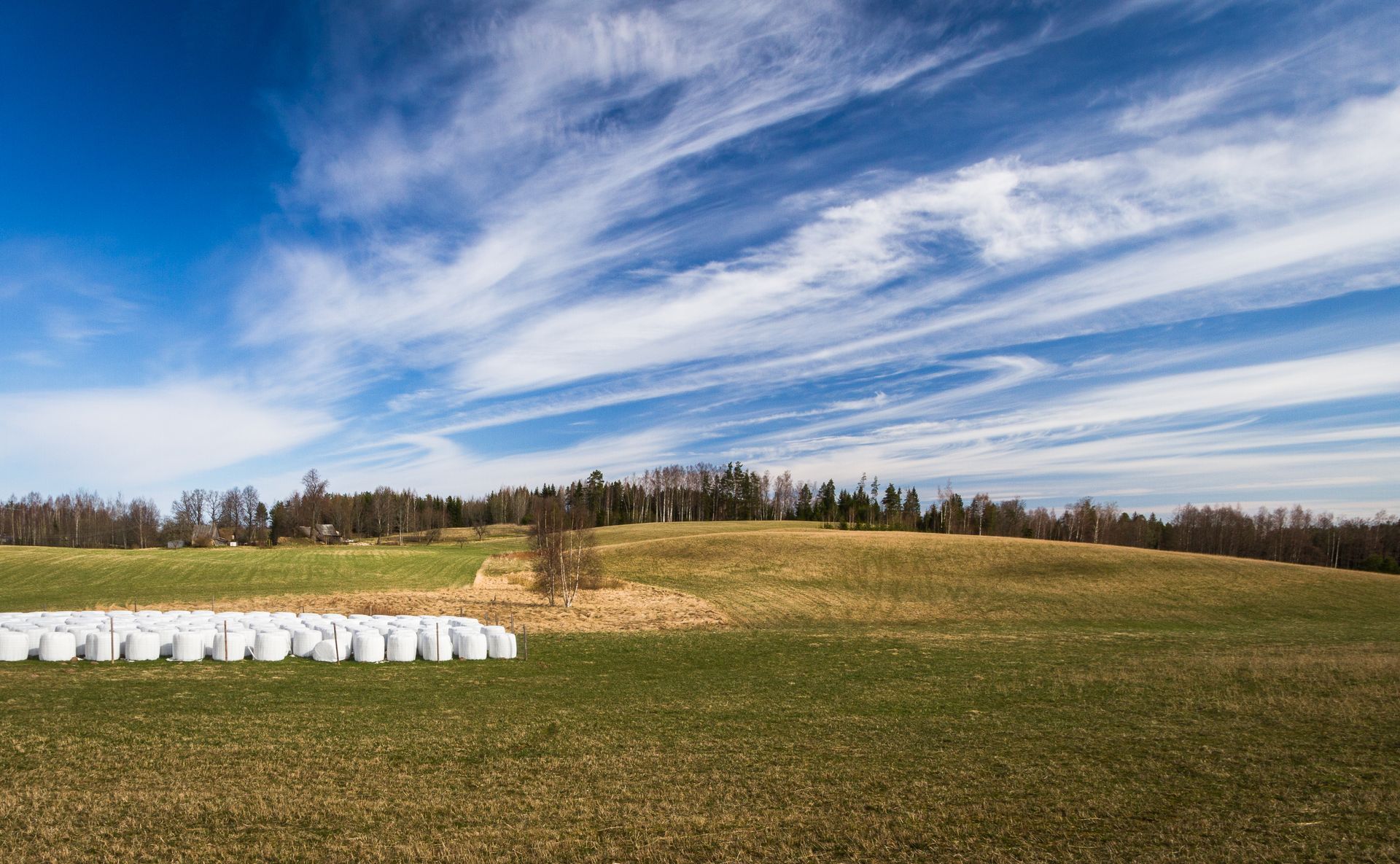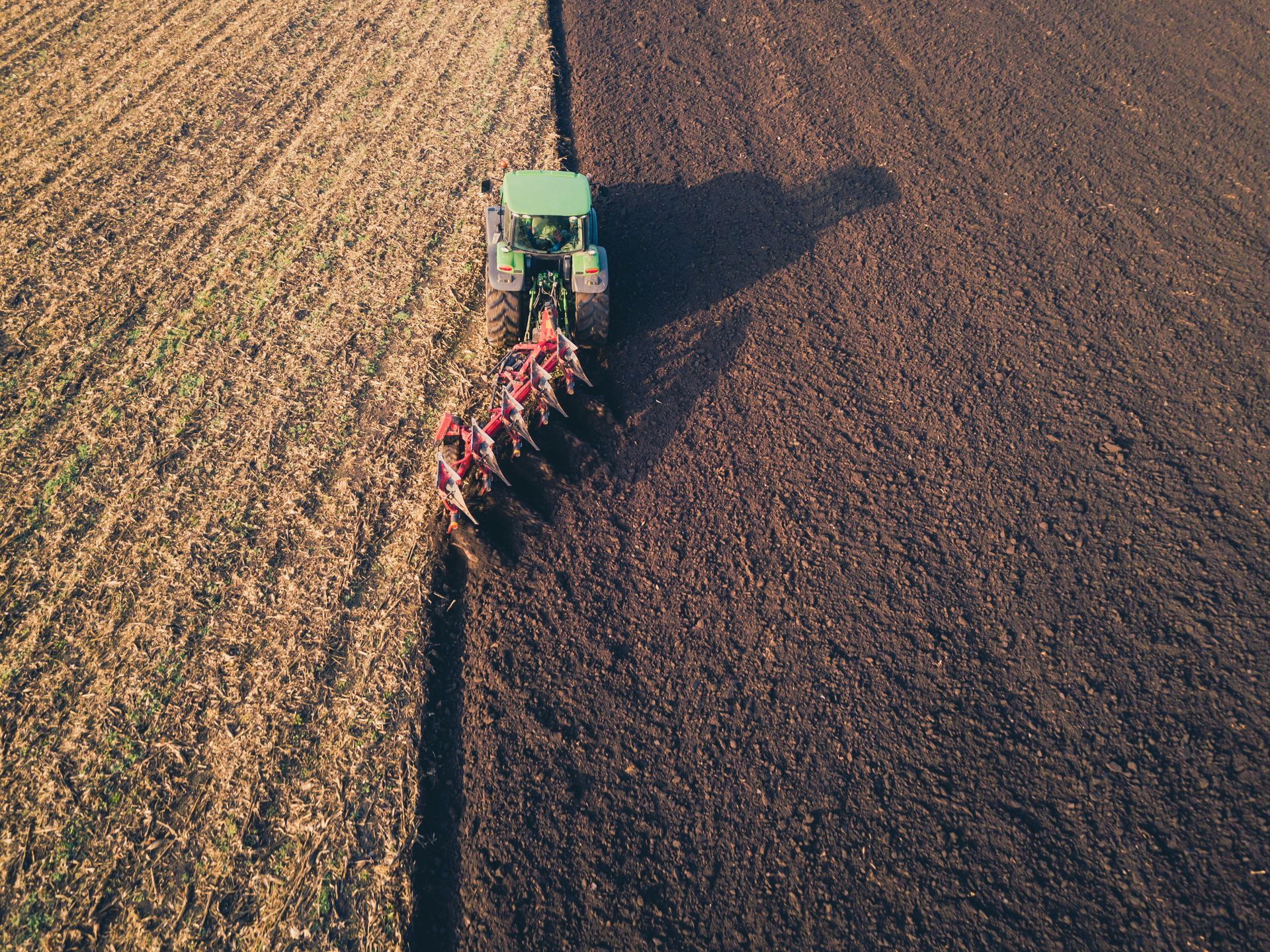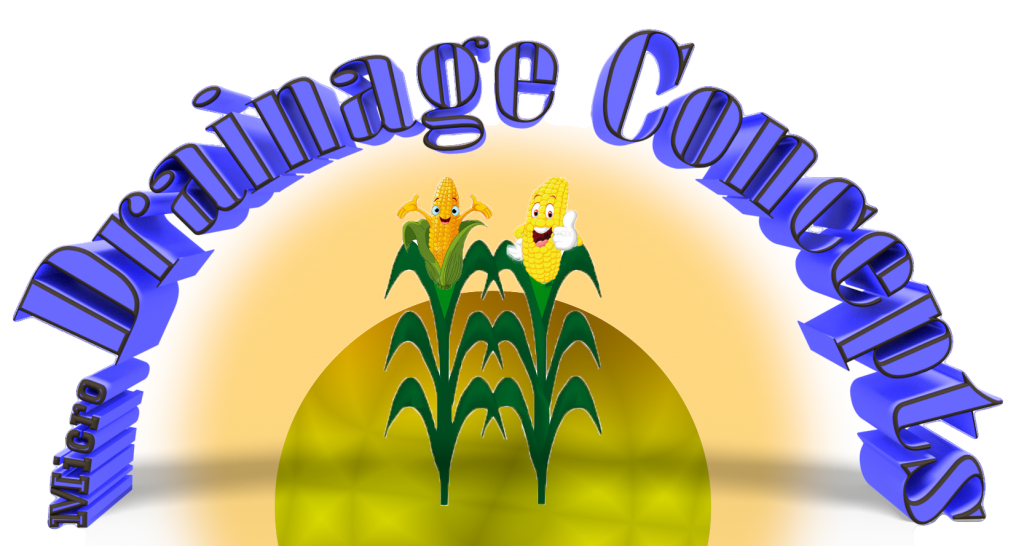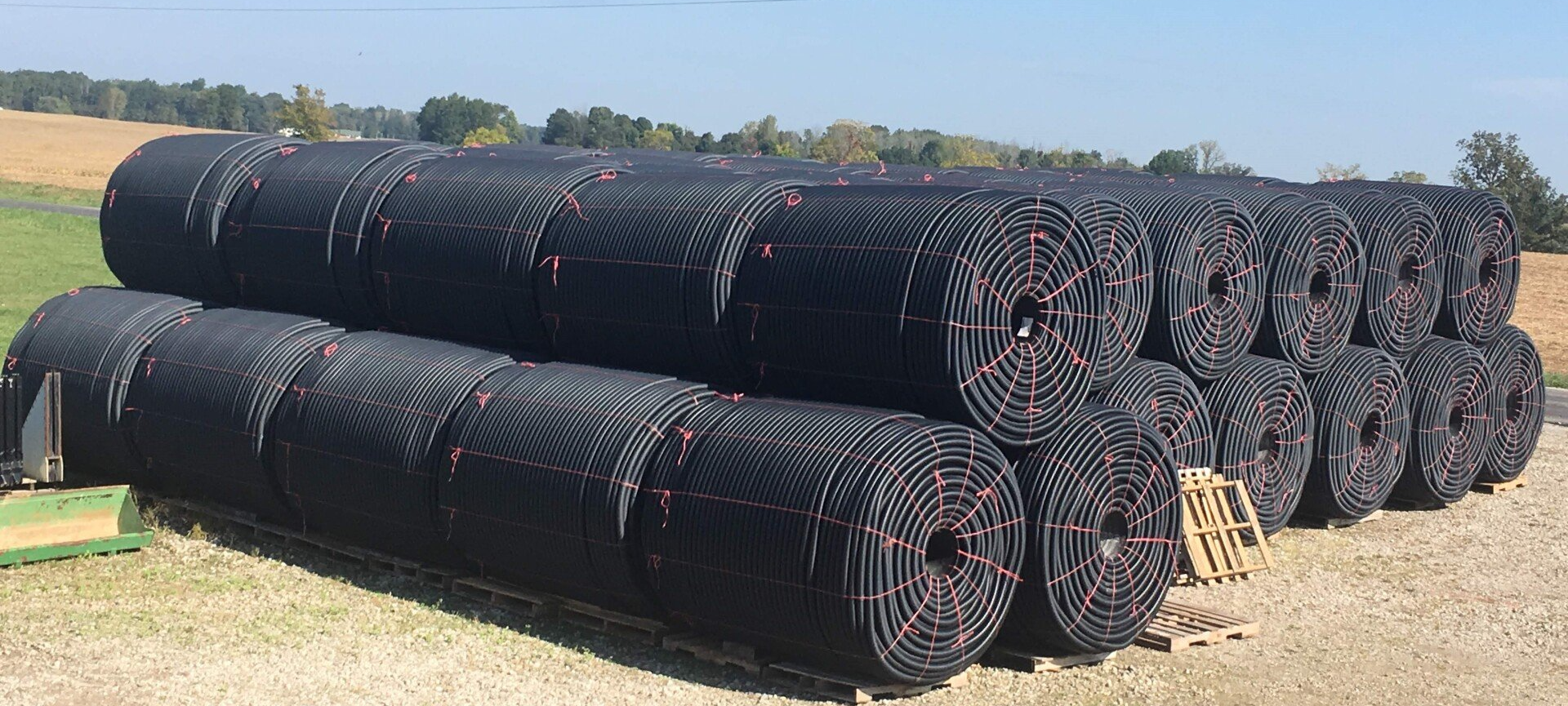Forage Options for Freeze-Damaged Wheat
In April some parts of Kansas froze, froze to the point of damage occurring to winter wheat, and as time passes the damage is becoming more and more apparent. And because of the situation many growers are being forced to make the difficult decision between keeping the wheat crop to make into grain, or if they should make forage silage.
Of course, when looking at the choice between the cost of selling either grain or forage can be difficult because who has both of those prices readily available? Luckily here is a source. Another piece of advice is to consult your crop insurance agent before harvesting a forage crop in order to identify the proper insurance requirements and to record possible grain yield losses. Occasionally growers can be required to leave small areas of uncut wheat to provide a way to estimate grain yields.
Pricing Wheat Silage and Wheat Hay
The method of pricing the wheat forage products using feed value comparisons to feed to which a more reliable price information is out there. A good proxy in Kansas would be alfalfa hay.
Alfalfa hay rated as “good” quality has 58-60% digestible nutrients, which from here on will be referred to as TDN, and 18-20% crude protein. USDA Ag Marketing Service reports that “fair/good” grinding alfalfa in southwest Kansas currently sells for $150-175 a ton.
Going right down the middle with alfalfa being $160/ton and the value of energy in alfalfa hay, a comparable wheat silage price based solely on energy would figure out to about $70 per ton as fed ($199/ton dry matter basis), assuming the silage is 35 percent dry matter. Another calculation based only on protein content tells us a wheat silage price of about $50/ton as fed (about $143/ton dry matter basis). These results, based on rather simplistic calculations, might be viewed as upper and lower bounds on wheat silage prices, from a feed value perspective.
Given this wide range, this same approach based on relative feeding values is also estimated with a comparison to forage sorghum hay, which is closer in nutrient content to wheat hay and may provide a more meaningful range of price estimates. Using a TDN value of 57% and a crude protein value of 8% for forage sorghum hay, along with an edge-of-the-field price of $110 ton, we get suggested wheat hay prices in the range of $110 to $124 per ton.
Ultimately, market prices are determined by buyers and sellers. However, the discussion above provides a couple of perspectives on how interested parties might approach the problem.
